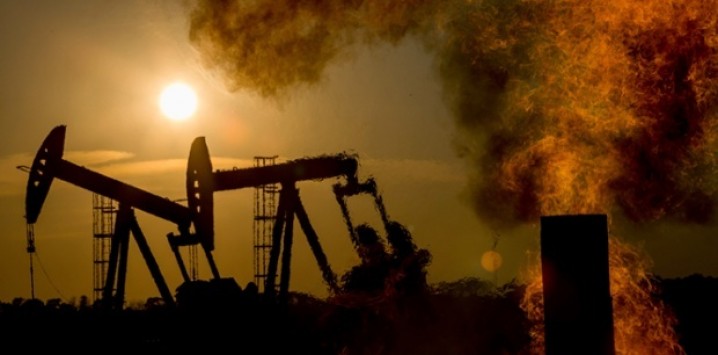Kategori : ELECTRICITY ENERGY NEWS, ENERGY AGENDA NEWS, COAL NEWS, NUCLEAR ENERGY NEWS - Tarih : 12 February 2020
Modern living standards — indoor lighting, affordable food, heat in the winter, an internet connection — require energy. And every energy source has its drawbacks. It’s easy to point out the downsides of a given energy source and call for it to be banned. But if we’re not careful about weighing costs against benefits, we’re liable to end up with something even worse.
This is becoming painfully evident in the case of Japan. In 2011, a nuclear power plant in northeast Japan’s Fukushima prefecture was damaged by a huge tsunami and had multiple meltdowns. The radioactive contamination is still being dealt with and will be a major drain on government resources  for decades to come. The accident also forced the evacuation of a large, densely populated area near the plant, causing a domestic refugee crisis. That catastrophe, combined with the political scandal surrounding the mismanagement of old plants, forced the shutdown of almost all nuclear power in the country.
for decades to come. The accident also forced the evacuation of a large, densely populated area near the plant, causing a domestic refugee crisis. That catastrophe, combined with the political scandal surrounding the mismanagement of old plants, forced the shutdown of almost all nuclear power in the country.
But total electricity consumption dipped only slightly. Where did Japan make up the difference? Fossil fuels. These went from 62% of Japan’s electricity production before the disaster to about 80% after:
Even worse, it looks as if this is the new normal for Japan, at least for the next decade. A government push for green energy and rising public concerns about climate change have forced the cancellation of a few coal plants in favor of renewable sources. But the country is still on track to add more than 20 coal plants in the next five years. These plants are expected to emit as much carbon as all the passenger cars in the U.S.
Part of this is problem is unique to Japan. The country has unusually high solar costs because of high land costs and limited sunshine. In most countries, the shift to solar will be faster.
But Japan’s experience is still a cautionary tale for other countries. Shutting off nuclear power is unlikely to lead to faster adoption of renewable energy; many countries already are (or should be) trying to shift to solar and wind to replace fossil fuels as fast as they can. Instead, the loss of nuclear will lead to either electricity shortages and reduced living standards — something that could cause popular anger and a backlash against environmental policy — or a slower decline in coal and gas use. The latter is the most likely outcome.
The U.S. is confronting exactly this choice. As part of his Green New Deal climate plan, presidential candidate Bernie Sanders has proposed not only to ban new nuclear plants but to close existing ones. If expansion of fossil fuel use is also banned, customers in states that use lots of nuclear will simply have to use less power. And not by a little, either:
Where the Fission Is
States ranked by share of electricity from nuclear power in 2018
Lower-income residents, as usual, will be hit hardest. If the heaters and the lights start going off in Illinois, New Jersey and Pennsylvania, voters will revolt. At that point, ambitious Green New Dealers will face a choice: allow a temporary shift to easy, convenient, fossil-fuel generation and send emissions soaring again, or try to persuade citizens to suck it up for the good of the nation.
The much easier solution is simply not to close nuclear plants in the first place. Yes, nuclear plants pose risks, but those can be managed. As long as plants aren’t built in earthquake zones or along low-lying coastlines vulnerable to a tsunami, natural disasters will have a hard time taking down a U.S. nuclear power facility the way Fukushima was. A freak tornado might do it, but a direct hit by a hurricane probably poses only a minor danger because plants are generally able to shut down safely before a storm strikes. A major terrorist attack is also a threat, but officials know this and security measures are very tight. Dealing with nuclear waste is also a big and continuing challenge.
Of course, guarding against all of these threats and managing nuclear waste safely are expensive, meaning that without major technological advances nuclear isn’t going to get cheaper any time soon. So whether leaders manage to ban it or not, construction of new nuclear plants — the dream of many futurists and technologists — is unlikely. Meanwhile, the waste problem means that in the long term a transition away from nuclear will be desirable.
So nuclear won’t be the thing that saves us from climate change; that task will fall to solar. But shuttering existing nuclear plants in the next decade would be a mistake. Despite the risks, the world isn’t ready for an abrupt transition away from nuclear. Getting rid of fossil fuels needs to be the top priority, and existing nuclear plants will remain a very important stopgap until solar really ramps up.





